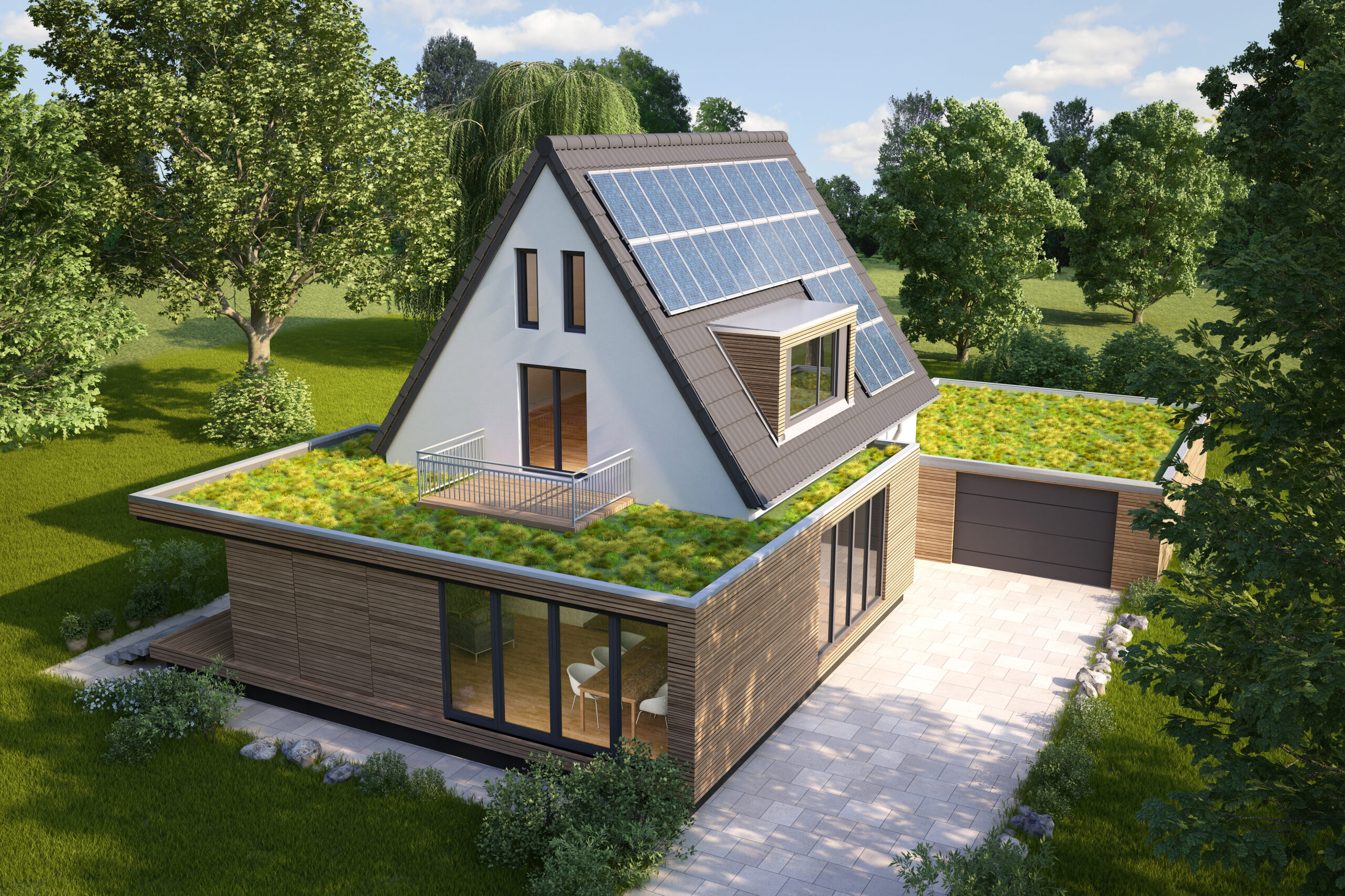When planning a new home or extension, one of the most significant architectural decisions you’ll face is selecting the appropriate roof design. The choice between flat roof vs pitched roof options can dramatically impact not only the aesthetic appeal of your property but also its functionality, maintenance requirements, and overall cost. This comprehensive guide explores the advantages and disadvantages of both roofing styles, helping you make an informed decision that aligns with your specific needs, budget, and architectural vision for your residential roof design.
Understanding Flat Roofs
Contrary to their name, flat roofs aren’t completely level but have a slight pitch of 1-10 degrees to allow water drainage. Modern flat roofs have evolved significantly from their predecessors, utilizing advanced materials like EPDM rubber, TPO, or modified bitumen that offer improved durability and weather resistance.
When considering extension roof options, flat roofs present several compelling advantages. They create usable outdoor space that can be transformed into rooftop gardens, solar panel installations, or leisure areas. The simplicity of flat roof construction typically results in lower initial installation costs and quicker completion times compared to more complex pitched structures.
From an aesthetic perspective, flat roofs complement contemporary architectural styles, creating clean lines and a minimalist appearance that appeals to many homeowners seeking a modern look. Additionally, internal space optimization is a significant benefit, as flat roofs eliminate the awkward sloped ceiling areas that often accompany pitched roof designs.
However, flat roofs aren’t without drawbacks. They generally require more regular maintenance to prevent water pooling and ensure drainage systems remain clear. Their lifespan is typically shorter than pitched alternatives, with most high-quality flat roof systems lasting 15-30 years before needing replacement. In regions with heavy snowfall or rainfall, flat roofs demand more careful design consideration to handle the additional weight and drainage requirements.
The Case for Pitched Roofs
Pitched roofs, with their distinctive angular design, have been the traditional choice in residential roof design for centuries. These roofs feature slopes typically ranging from 20-45 degrees and come in various styles including gable, hip, mansard, and gambrel configurations, each offering unique architectural character.
When choosing roof type for your home, pitched roofs offer exceptional durability, with many quality systems lasting 30-50 years or more with proper maintenance. Their design naturally encourages water and snow runoff, reducing the risk of leaks and structural damage from moisture accumulation. This inherent drainage efficiency means pitched roofs generally require less frequent maintenance than their flat counterparts.
The space beneath a pitched roof can be utilized effectively as an attic for storage or converted into additional living space, potentially increasing your property’s value. From an insulation perspective, the air gap between ceiling and roof helps regulate temperature, potentially improving energy efficiency throughout the seasons. According to experts at AskHomey, properly insulated pitched roofs can significantly reduce heating and cooling costs over a home’s lifetime.
The primary disadvantages of pitched roofs include higher initial construction costs due to more complex design, additional materials, and increased labor requirements. They also limit rooftop usability for purposes other than housing mechanical equipment like HVAC systems. Additionally, certain designs may create restrictive interior spaces with sloped ceilings that can be challenging to utilize effectively.
Making the Right Choice for Your Project
When evaluating flat roof vs pitched roof options for your home or extension, several factors should guide your decision. Your local climate plays a crucial role—pitched roofs perform better in areas with heavy precipitation, while flat roofs might be suitable for drier regions. Local building regulations and neighborhood aesthetics may also restrict your choices, particularly in conservation areas or communities with specific architectural guidelines.
Budget considerations extend beyond initial installation to include long-term maintenance and replacement costs. While flat roofs typically cost less to install, their shorter lifespan and higher maintenance requirements may increase expenses over time. Pitched roofs represent a larger upfront investment but often provide better long-term value through extended durability and reduced maintenance needs.
Your property’s architectural style should inform your roof selection to ensure visual cohesion. Contemporary homes often pair beautifully with flat roofs, while traditional designs typically harmonize better with pitched structures. For extensions, matching or complementing the existing roof design is often advisable unless you’re deliberately creating architectural contrast.
Consider your specific functional needs as well. If additional living space is a priority, a pitched roof with potential for attic conversion might be ideal. Conversely, if you desire rooftop access for gardens or leisure areas, a flat roof provides ready-made outdoor space. Solar panel installation can be accommodated on both roof types, though each presents different mounting considerations.
For more tips and to connect with reliable home service professionals, follow AskHomey on Facebook and Instagram.



